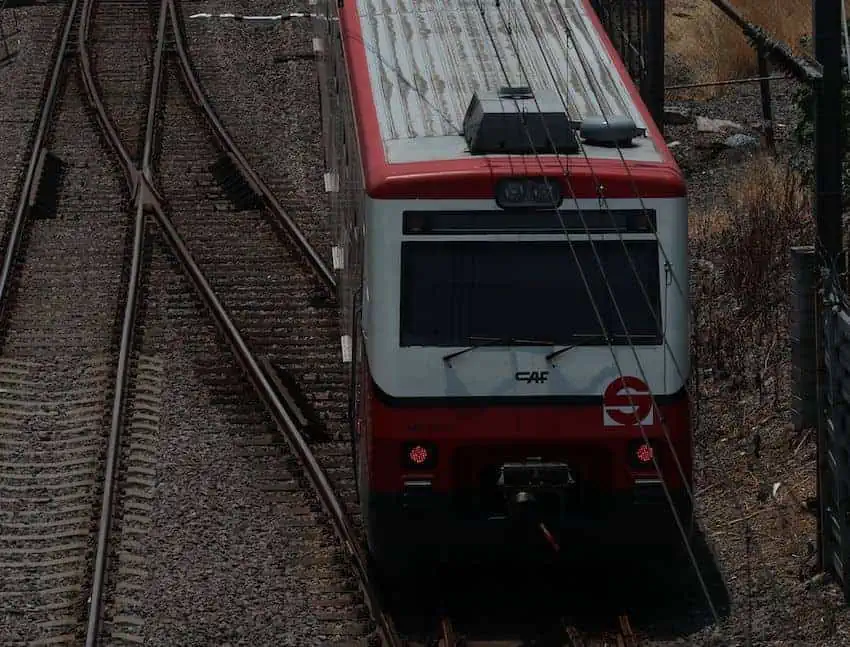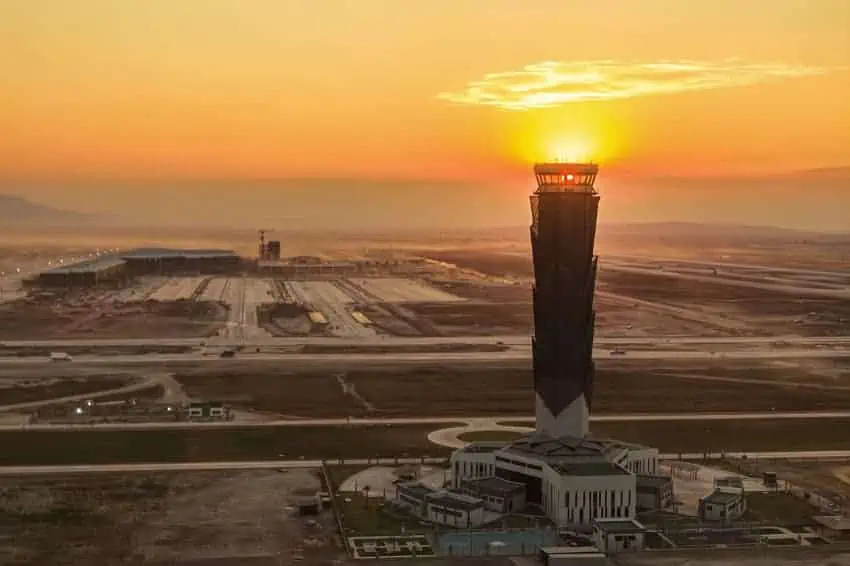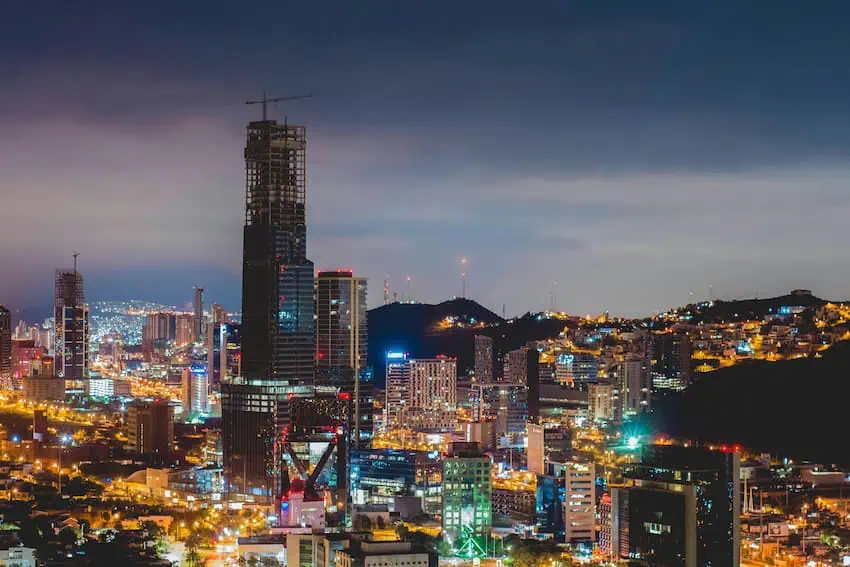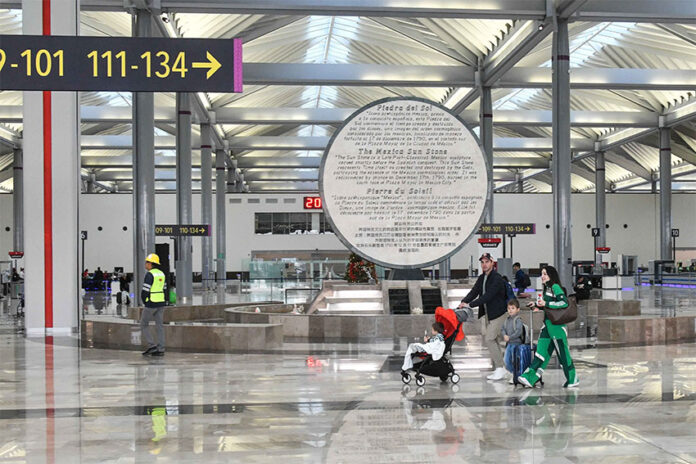The train line from Mexico City to the Felipe Ángeles International Airport (AIFA) in México state will open in July, President Claudia Sheinbaum said Thursday.
Speaking at her morning press conference, Sheinbaum acknowledged that the project has been under construction for “a good while.”

The railroad — which will connect the Buenavista suburban train station in central Mexico City to AIFA — is now “very advanced” and will soon be finished by military engineers, the president said.
“It will arrive to AIFA in July,” Sheinbaum said, adding that the laying of additional tracks from AIFA to Pachuca, the capital of Hidalgo state, will commence in March.
Located about 40 kilometers north of downtown Mexico City in the municipality of Zumpango, AIFA was built by the military on an Air Force base after former president Andrés Manuel López Obrador canceled the partially-built international airport project in Texcoco, México state. It opened in March 2022, less than 2 1/2 years after construction began.
The rail line to the airport uses the tracks of the existing train route between Buenavista and Cuautitlán, México state, until the Lechería station. The new section, construction of which began in 2022, runs 23 kilometers from Lechería to AIFA and includes seven new stations including that at the airport terminal.

Travel between Buenavista — located about three kilometers northwest of the historic center of Mexico City — and AIFA will take around 40 minutes by train, significantly less than the time it takes to get to the airport by car.
Passengers can reach the Buenavista suburban train station via the Mexico City Metro and Metrobús systems.
The opening of the new rail line should make AIFA a more attractive transport option for Mexico City residents, millions of whom live closer to the Benito Juárez International Airport (AICM) than the newer facility in México state.
Some 6.3 million passengers used AIFA in 2024, while more than 45.3 million used AICM.
More passenger train projects to be built
Andrés Lajous Loaeza, head of Mexico’s Rail Transport Regulatory Agency, told Sheinbaum’s press conference that the federal government plans to build more than 3,000 kilometers of passenger train tracks during its six years in office.
Construction of four projects is set to begin this year.
- Construction of the AIFA-Pachuca line is scheduled to commence in March.
- Construction of the Mexico City-Querétaro line is slated to begin in April. It will have intermediate stations in Tula, Hidalgo, and San Juan del Río, Querétaro.
- Construction of the Querétaro-Irapuato line is due to start in July. It will have intermediate stations in the Guanajuato state cities of Celaya and Salamanca.
- Construction of the Saltillo-Nuevo Laredo line is scheduled to commence in July. It will have several intermediate stations including one in Monterrey, Nuevo León.

Lajous said that the passenger train projects have a range of objectives, including to reduce congestion on highways, improve connectivity, provide efficient and safe transport options to citizens and reduce Mexico’s carbon footprint.
He noted that the projects will have a beneficial spillover effect for the Mexican economy.
Sheinbaum announced in November that the government had set aside 157 billion pesos (around US $7.7 billion) in its 2025 budget to begin installing 3,000 kilometers of train tracks.
Mexico once had a vast passenger train network, but most lines were closed in the 1990s after the railroad system was privatized.
In late 2023, López Obrador published a decree that established the provision of passenger train services as a priority for national development, a step toward achieving his goal of restoring Mexico’s passenger train network to its former glory.
His administration built the Maya Train railroad on the Yucatán Peninsula, modernized tracks across the Isthmus of Tehuantepec and made progress toward the completion of the Mexico City-Toluca commuter rail line, which is currently operational between Santa Fe and Zinacantepec, near Toluca.
With reports from El Universal, EFE, Infobae and El Economista
